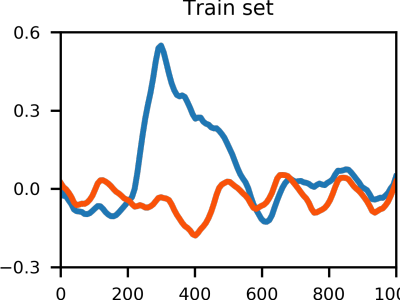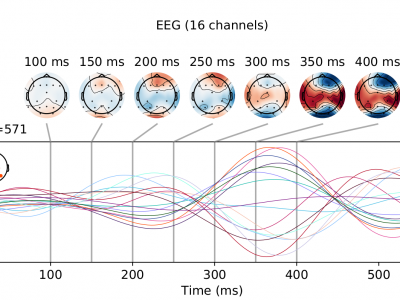P300
Brain-Computer Interface (BCI) has become an established technology to interconnect a human brain and an external device. One of the most popular protocols for BCI is based on the extraction of the so-called P300 wave from EEG recordings. P300 wave is an event-related potential with a latency of 300 ms after the onset of a rare stimulus. In this paper, we used deep learning architectures, namely convolutional neural networks (CNNs), to improve P300-based BCIs.
- Categories:
 1048 Views
1048 ViewsDataset description
This dataset contains EEG signals from 73 subjects (42 healthy; 31 disabled) using an ERP-based speller to control different brain-computer interface (BCI) applications. The demographics of the dataset can be found in info.txt. Additionally, you will find the results of the original study broken down by subject, the code to build the deep-learning models used in [1] (i.e., EEG-Inception, EEGNet, DeepConvNet, CNN-BLSTM) and a script to load the dataset.
Original article:
- Categories:
 3158 Views
3158 ViewsThe EEG data were acquired from 16 healthy young adults (age range 22 - 30 years) with no neurological, physical, or psychiatric illness history. All the participants were naive BCI users who had not participated in any related experiments before. Informed consent was received from all participants.
- Categories:
 5654 Views
5654 Views

